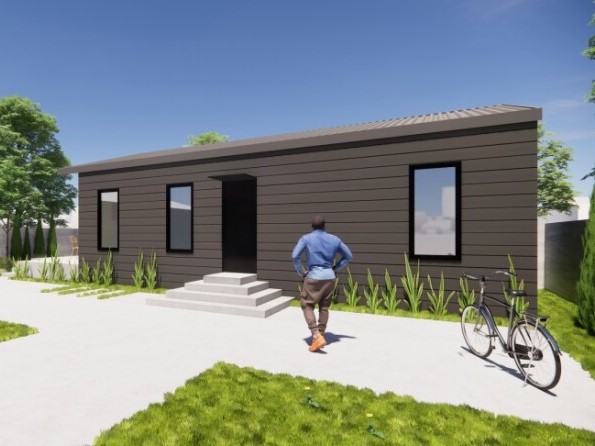ADU Uncategorized
March 5, 2023

An accessory dwelling unit (ADU) is a secondary housing unit on a single-family residential lot. In California, ADUs are regulated by state law and local ordinances.
Here are some important things to know about ADUs in California:
1. Types of ADUs: There are two types of ADUs in California: attached ADUs and detached ADUs. Attached ADUs are connected to the primary residence, while detached ADUs are separate structures on the same property.
2. Size regulations: The size of an ADU in California is limited by local zoning regulations. State law requires that ADUs be at least 150 square feet, but no more than 1,200 square feet for detached ADUs and 50% of the primary residence for attached ADUs. Some local jurisdictions have minimum lot size requirements for ADUs as well.
3. Permitting requirements: To construct an ADU in California, you need to obtain permits from your local building department. This process can vary from one jurisdiction to another, but typically involves submitting plans, paying fees, and undergoing inspections.




4. Renting ADUs: ADUs can be rented out as long-term rentals, short-term rentals (such as Airbnb), or used as living space for family members. Some local jurisdictions have restrictions on short-term rentals of ADUs.
5. Benefits of ADUs: ADUs can provide affordable housing options, increase property values, and allow homeowners to generate rental income.
6. Financing an ADU: There are several financing options available to homeowners looking to build an ADU, including home equity loans, construction loans, and government grants and loans.
Overall, ADUs can be a great way to create additional living space and generate income on a residential property in California. However, it’s important to research local regulations and permitting requirements before embarking on an ADU project.





